Well, today I sat down with a notebook and started trying to figure out what plants are going to go where in the fall garden. Every year this drives me nuts, because I have to figure out where plants will go a month or two from now.
Everything in the garden looks great right now and it is hard to imagine the lovely lush plants I see won't last forever. BUT, experience tells me that a garden that is lovely and green and productive in late May or early June will be mostly burnt up and used up by mid-July to late-July or early August.
So, for anyone else who wants to plant a fall garden, here are some planting dates to use in your planning. This first set of dates is from OSU's fall planting guide. I kind of follow them, but not totally.
JULY 15-AUG 15:
Broccoli
Brussels Sprouts
Carrots
Parsnips
AUG 1 - AUG 15:
Beets
Irish Potato
Leaf Lettuce (This is the date recommmended by OSU, but I think it is too hot in southern OK in August, so I wait at least until Sept. 1)
AUG 1 - AUG 25:
Cabbage
Chinese Cabbage
Cauliflower
AUG 1 - SEPT 1:
Collards
AUG 1 - SEPT 15:
Swiss Chard
Turnip
AUG 15 - SEPT 1:
Peas (green, not southern)
AUG 15 - SEPT 15:
Rutabaga
AUG 15 - OCT 10:
Radish
SEPT 1:
Kale Kohlrabi
Leek
Onions
SEPT 1 - OCT 15:
Garlic
SEPT 5 - SEPT 25:
Spinach
SEPT 10 - OCT 10:
Mustard
Because I lived in Texas forever, I still use my fall gardening dates from Texas to help me figure out what to plant when. Here's their planting dates for the part of North Texas that is just across the Red River from me.
These dates are for SEED sown directly into the garden.
JUNE 15:
Eggplant
Pepper
Tomato
JULY 1:
Southern Peas (Black-eyes, cream, crowder, etc.)
Pumpkin
Winter Squash
JULY 25:
Bush Lima Beans
AUGUST 1:
Broccoli
Brussels Sprouts
Cabbage
Cauliflower
Cucumber
Garlic (from cloves, not seed)
Irish Potato
AUG 10:
Sweet Corn
AUG 15:
Bush beans (green, purple, yellow or bicolor)
Carrots
Swiss Chard
Summer Squash
SEPT 1:
Beets
Kohlrabi
Leaf Lettuce
Mustard
Spinach
OCT 1:
Parsley (overwinters)
Radish
OCT 15:
Turnip
If Planting From TRANSPLANTS:
JUL 10:
Eggplant
Pepper
Tomato
AUG 20:
Broccoli
Brussels Sprouts
Cabbage
Cauliflower
One reason it is so hard to figure out what to plant when and where is that the summer garden sometimes is still going strong when it is time to plant fall crops. I use several creative ways to get around this. For example, if the okra survives the repeated deer attacks and is still productive, I plant lettuce on the east or north side of the okra (depending on which way that year's okra bed runs) and let the okra shade it.
If the summer tomatoes are somehow surviving the annual onslaught of disease and bugs, I often cut them back, or only remove sickly or less-productive ones. Then, I put some of the fall crops where I took out those particular spring-planted tomatoes.
Sometimes I feel like I simply CANNOT touch the spring-planted garden because it is going like gangbusters. In those cases, I get out the tiller and make the garden still larger so I can plant fall plants.
Usually, though, I put in fall crops as I harvest spring-planted crops like onions, potatoes, earlier beans, early or mid-season corn, etc.
And for some plants, like Cucumbers, that produce as expected and then decline fairly quickly in our heat, I'll take out the old ones and plant seed for new ones in the exact same spot.
Planting a fall garden is hard. Sometimes I wish I had an entire second garden plot just for fall crops. I could plant a cover crop in it in early Spring, till the cover crop into the ground in late-May, and start planting the fall garden in June. (I don't think my DH would like this plan at all. And, truthfully, I dread the idea of having to till up soil, remove grass roots, enrich the soil, build raised beds, etc. all over again.)
Fall gardening can be just as risky, frost and freeze-wise, as spring gardening. In my location, the average fall frost usually arrives in November and sometimes as late as mid-December. However, in other years it is MUCH earlier--either our first or second year here, we had a very hard killing frost on September 30th.
For me, planting fall tomatoes is the hardest part of it. They need a lot of room to grow and I hate taking out the spring tomatoes as long as they are still bearing. When I decide to carry over all the spring-planted tomatoes, I usually regret it, though. In July or August, it is almost a given the spring-planted tomatoes will get hit by either spider mites or stink bugs. Fresh plants are not really susceptible to either--the pests seem to go for the older, stressed plants, so I know it is important to plant new ones for fall.
In a year like this where the cool nights hang on forever, the garden might be just reaching its' most productive point at the time that I need to plant the new fall crops. Sometimes I get around this by starting plants in paper cups instead of direct seeding them. That way, I can harvest the "old" plants for 2 or 3 weeks longer. I then plant, cup and all, to reduce transplant shock and the "new" plants usually take off pretty fast as long as they are being watered.
Dawn

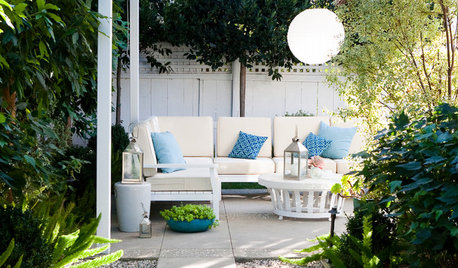
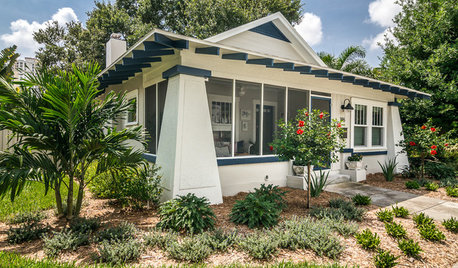
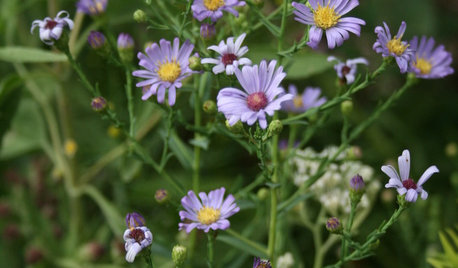
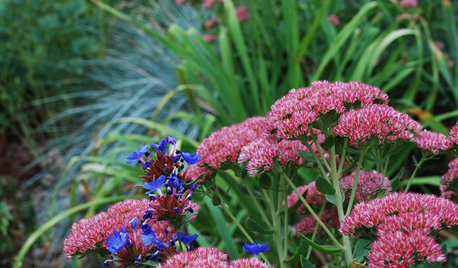
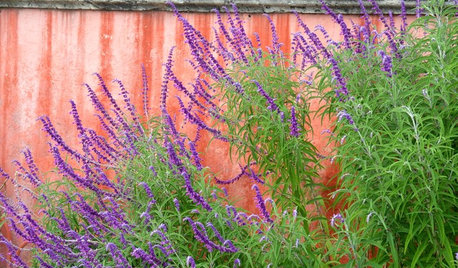
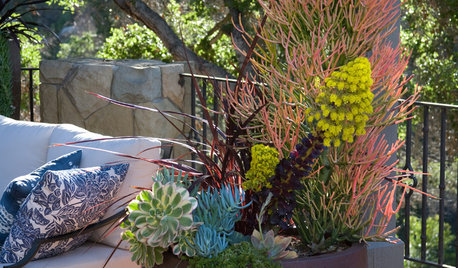









okiegarden
Okiedawn OK Zone 7Original Author
Related Professionals
Accokeek Landscape Architects & Landscape Designers · Ilchester Landscape Architects & Landscape Designers · Waunakee Landscape Architects & Landscape Designers · Winder Landscape Architects & Landscape Designers · Norwood Landscape Contractors · Stamford Landscape Contractors · Brookline Landscape Contractors · Danvers Landscape Contractors · Eustis Landscape Contractors · Farmington Landscape Contractors · Round Lake Landscape Contractors · Yukon Landscape Contractors · Merrifield Landscape Contractors · Bellevue Decks, Patios & Outdoor Enclosures · Billerica Decks, Patios & Outdoor Enclosuresjmckemie
Okiedawn OK Zone 7Original Author
susanlynne48
okiegarden
MariposaTraicionera
Okiedawn OK Zone 7Original Author
MariposaTraicionera
MariposaTraicionera
Okiedawn OK Zone 7Original Author
MariposaTraicionera
Okiedawn OK Zone 7Original Author
Macmex
Okiedawn OK Zone 7Original Author
shekanahh
bella1999
Okiedawn OK Zone 7Original Author
tigerdawn
chickencoupe
AmyinOwasso/zone 6b
TotemWolf
Okiedawn OK Zone 7Original Author
AmyinOwasso/zone 6b
chickencoupe
Okiedawn OK Zone 7Original Author
AmyinOwasso/zone 6b
Okiedawn OK Zone 7Original Author
TotemWolf